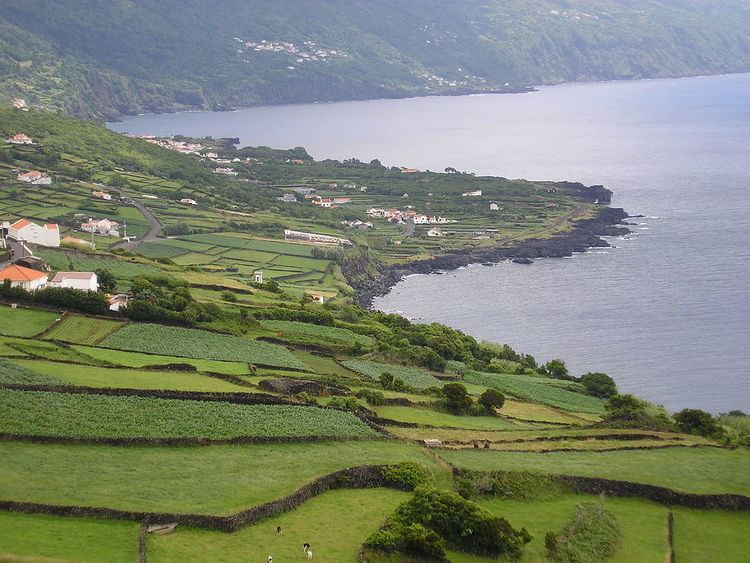 | ||
Lava deltas, similar to river deltas form wherever sufficient sub-aerial flows of lava enter standing bodies of water. The lava cools and breaks up as it encounters the water, with the resulting fragments filling in the adjacent seabed topography such that the flow can move further offshore sub-aerially. Lava deltas are generally associated with large-scale, effusive type basaltic volcanism.
Contents
Occurrence
Lava deltas are found mainly associated with volcanic islands, particularly those formed at hotspots as they produce the necessary effusive basaltic flows.
The largest lava delta systems known are associated with formation of volcanic type passive margins. Just prior to break-up along the northern Atlantic in the late Paleocene, massive eruptions occurred along the eventual line of break-up. This volcanism, part of the North Atlantic Igneous Province, led to the formation of two extensive lava escarpments, interpreted as deltas, extending from the Faeroes onto the Møre Margin (the Faeroe-Shetland escarpment) and the Vøring escarpment on the Vøring margin, a combined distance of approximately 1000 km. As these deltas were prograding into water of relatively constant depth, they were able to extend as much as 25 km from their original vents.
Formation
When a sub-aerial lava flow reaches the ocean (or other large body of water), contact with the water causes both rapid cooling of the lava and steam explosions that fragment it. The glassy fragments that are formed, known as hyaloclastites, fall down to the seabed forming foresets. As the seabed topography becomes infilled, the subaerial flow is able to build out. The process continues as long as the lava supply is maintained. Most lava deltas are formed by relatively low viscosity Pahoehoe type flows and the lava reaches the sea via a system of small lava tubes, their entry into the water being marked by a series of steam plumes.
Hazards
Newly formed lava deltas can be unstable, especially when they are building out over a steeply sloping seabed. Collapse of the frontal part of lava deltas is common during their formation, representing a hazard for any people that are watching from a solidified part of the delta and such areas are normally marked as dangerous. People standing too close to the edge of an active delta are not only at risk from being thrown in the water but from the steam explosions that accompany the collapse as seawater comes into contact with the active lava tube system.
Uses
On steep-sided volcanic islands, lava deltas make attractive sites for building and many villages and towns are located on old lava deltas, such as Garachico on Tenerife.
